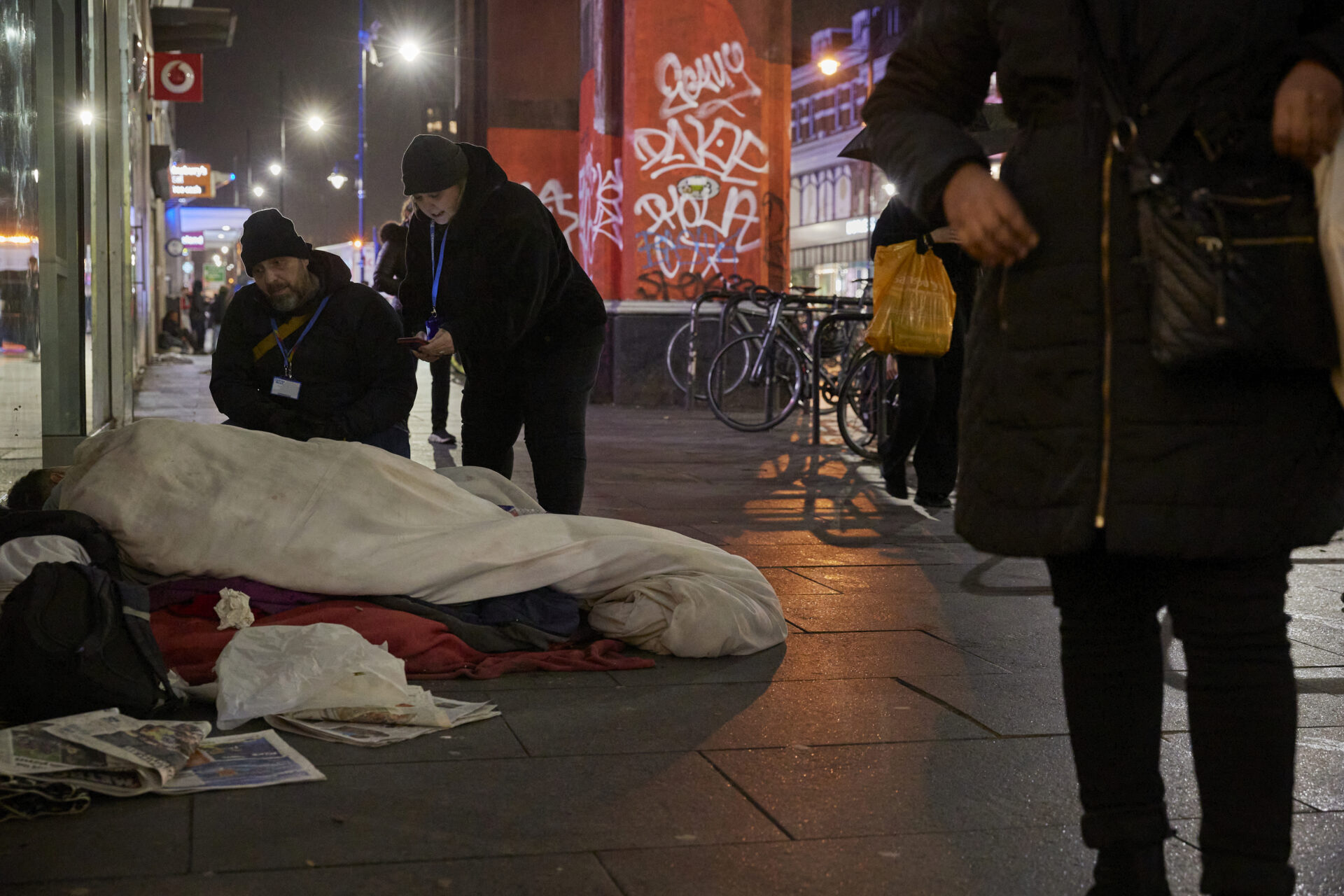New figures show small decrease in people sleeping rough in London
New figures show a small decrease on people sleeping rough, but there is more work to be done

New figures from the GLA’s CHAIN database, which records the work of street outreach teams supporting people sleeping rough, show a slight decrease in the numbers of people seen on the streets in January to March this year from the previous quarter. However, numbers are still up from the equivalent quarter in 2022.
The reasons for this are complex, but clearly the cost-of-living crisis, unaffordable housing, and unclear immigration issues lie behind this increase, alongside the many other reasons people find themselves street homeless, including support needs around mental health, drugs, or alcohol, and moving through the criminal justice system.
We continue to work hard to find people who are on the streets and to get them into shelter, with our teams out every night seven days a week across London and East Surrey. However, if we are to meaningfully tackle street homelessness, we need to be able to focus on prevention.
Prevention is an essential part of reducing street homelessness and can take many forms including working with people experiencing mental illness to ensure they can maintain their tenancies and find work. Community outreach also helps us engage with people who may not know where to turn to receive the right support, often in community and faith hubs, and food banks.
COVID, Brexit, and the cost-of-living crisis, have hit some people in London much harder than others, and as such they are placed at a much higher risk of street homelessness. Thames Reach will continue to work to develop personalised responses and plans to help people affected by street homelessness to take control of their lives away from the streets.
